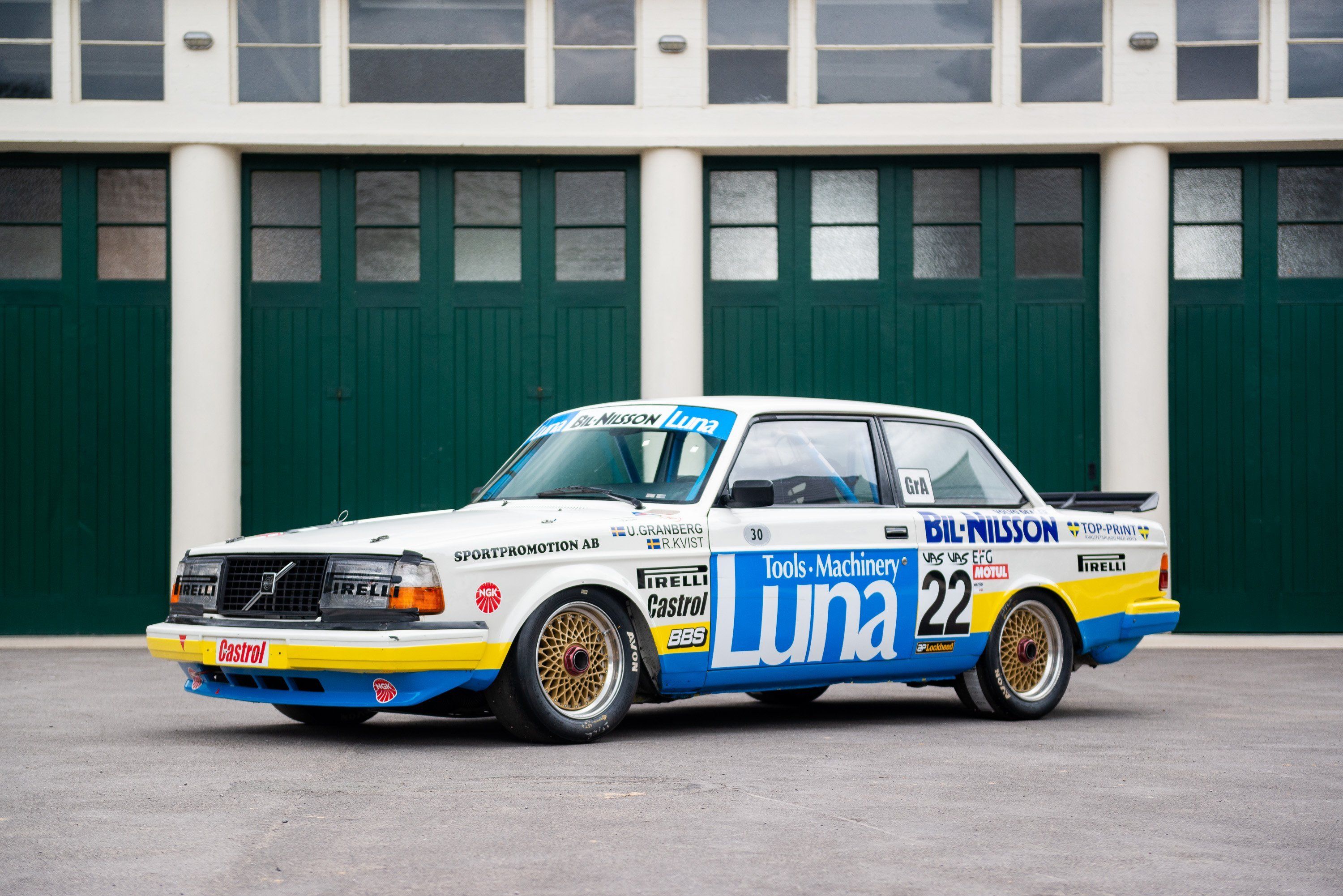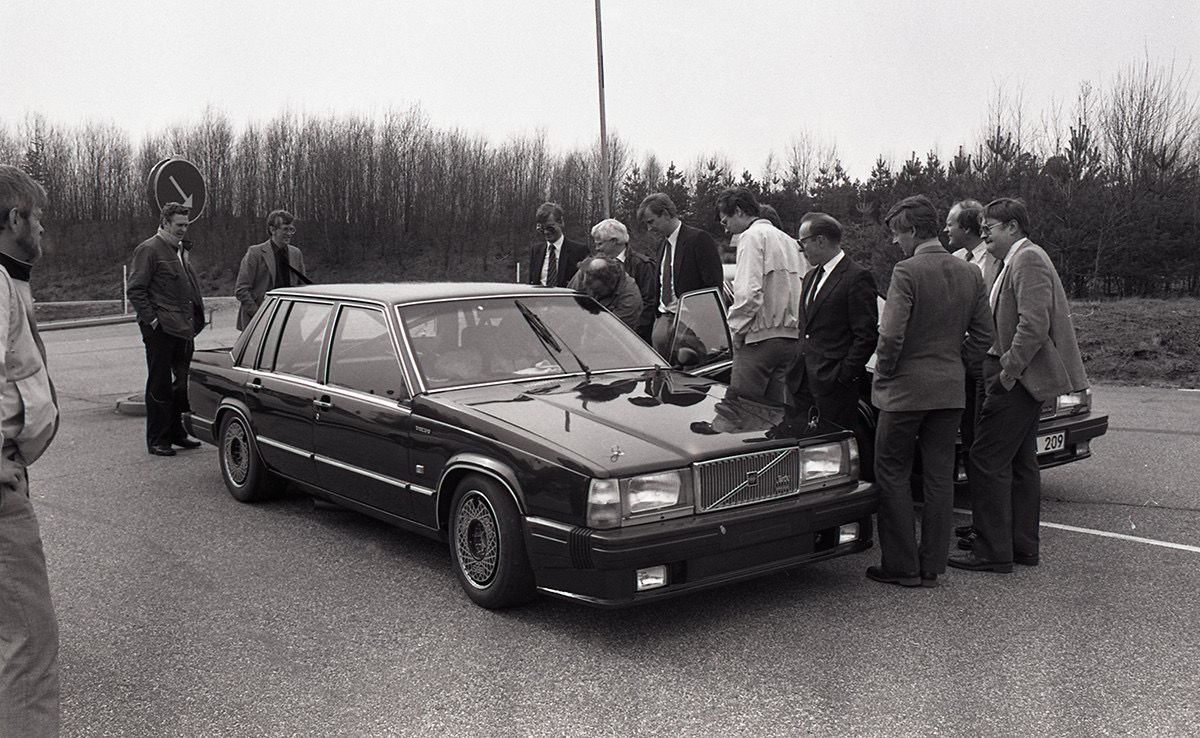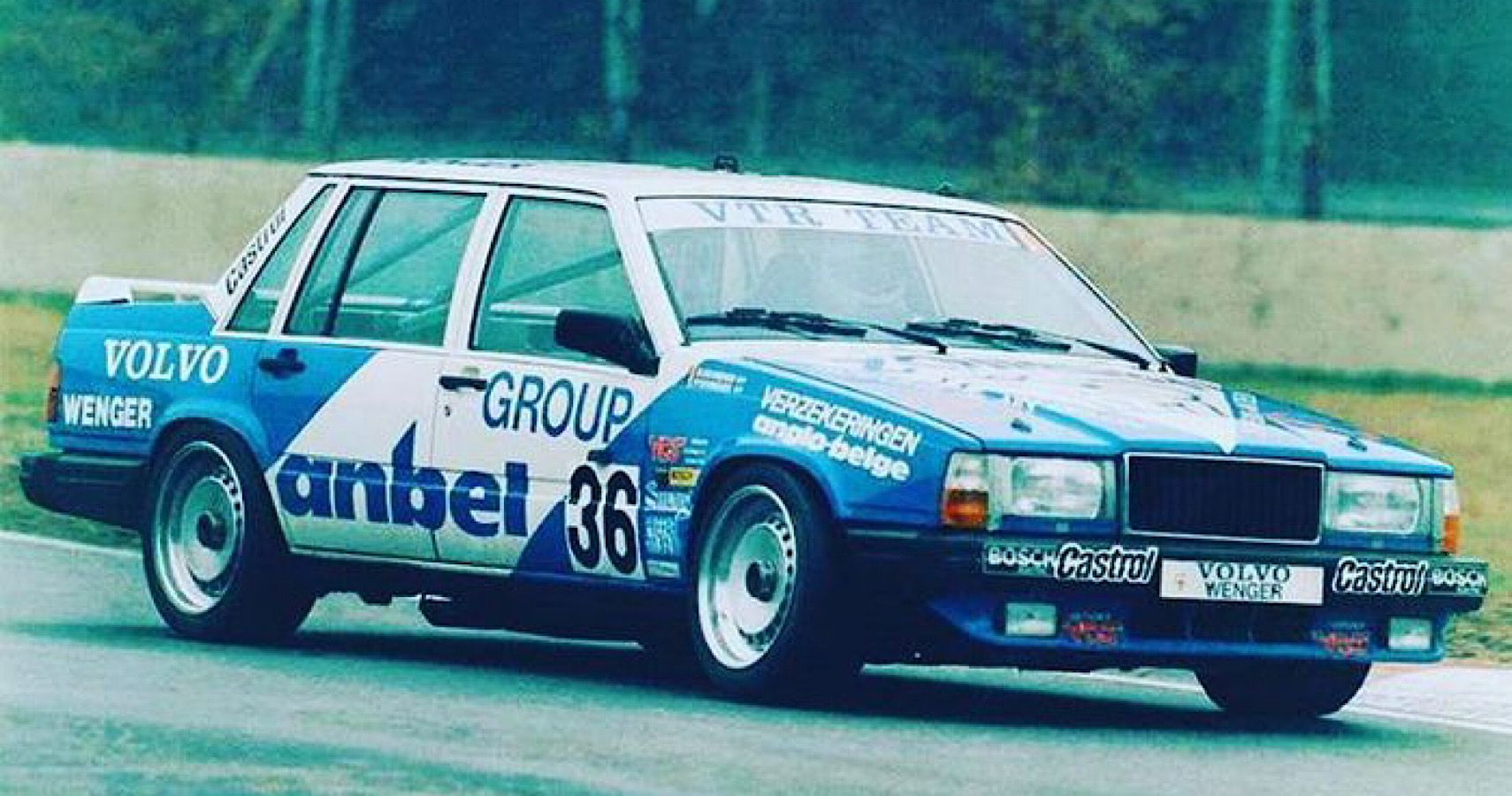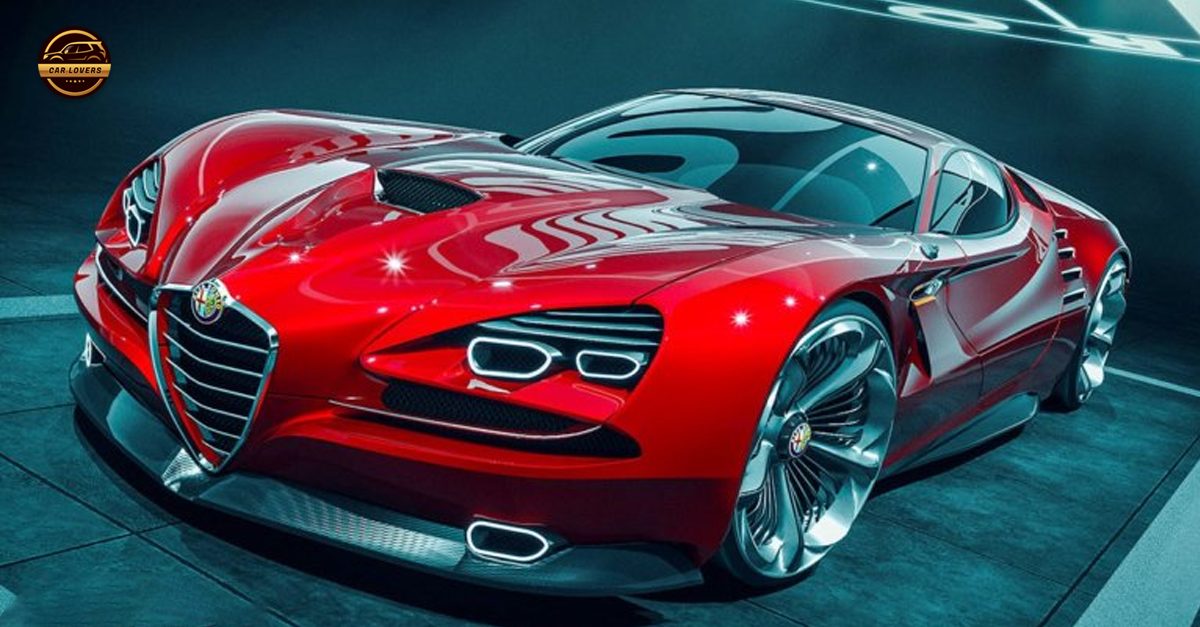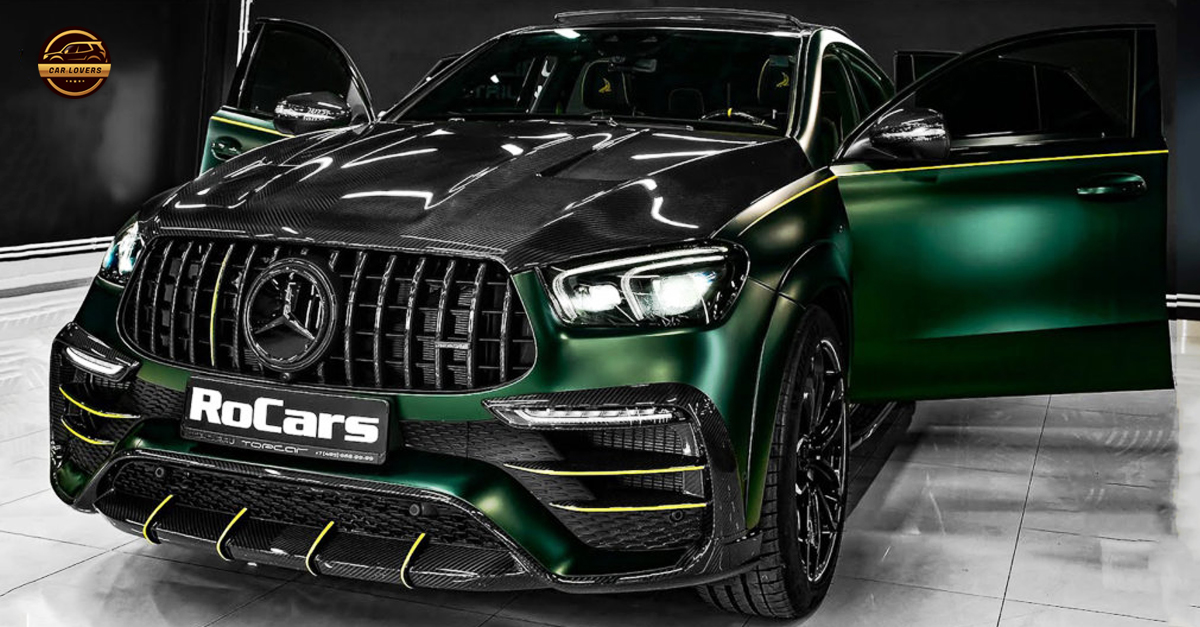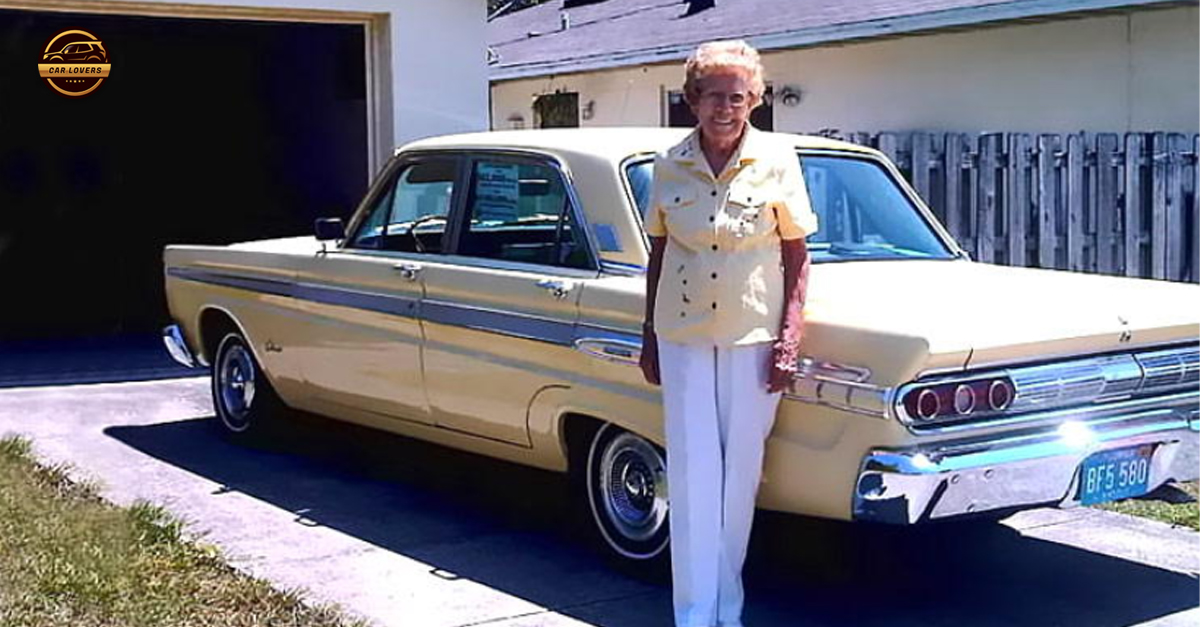Known for durability and safety, Volvo also has a successful history in racing. One of their lesser known creations was the Group A 760 Turbo!

Volvo isn’t necessarily the first word in auto racing, but the Swedish automotive company did have great success with a number of their cars. Prior to the eighties, most of the racing associated with Volvo occurred in the late fifties and early sixties, mostly with privateers using Volvo’s Amazon in rally events. With most of their reputation focused on durability and safety, Volvo was ready to get off the sidelines and try their hand in factory-backed racing.
In the mid-eighties, Volvo saw great success with the aging 240 Turbo in Group A racing. Before their success in touring car racing, Volvo was exploring other options for their race car as the 240 was getting long in the tooth. With Volvo anxious to have their own factory-sponsored car, the obvious choice was to base their Group A race car off of their latest flagship, the larger and more luxurious 760 Turbo.
Volvo’s Racing History: Making Bricks Faster
Volvo’s racing history started much earlier than many would think. Looking back to the 1950s, Volvo’s PV444 was being raced in European rally events, and performing well. With racing enthusiasts recognizing the durability of the Swedish badge, racing success continued in the sixties with the PV544, and Volvo’s 122 Amazon, both on in rally and circuit races.
Many of these victories were under private entries, and it wouldn’t be until the early eighties where Volvo would bring their factory-backed 240 Turbo to the European Touring Car Championship. With privateers leading the way, Volvo was ready for their own factory entry. Initial efforts were focused on the newly released 760 Turbo; this made sense as Volvo wanted to promote their latest mid-sized car.
However, during testing, the 240 Turbo proved still quicker than the 760 Turbo prototype, making the choice easy for Volvo. More details to come on the 760 Turbo prototype!
Fast-forward a decade, to where one of Volvo’s most iconic race cars made its debut in the British Touring Car Championship, the 850 Estate. Partnered with TWR, who made their name racing with Jaguar, Volvo entered two 5-cylinder, naturally aspirated wagons producing roughly 290 hp. The choice of wagons was deliberate by Volvo, as they were slightly more aerodynamic than the saloon car; BTCC rules of the time stated that the dimensions of the body panels have to be identical to the production cars.
In 1995 and 1996 race seasons, Volvo’s 850 Estate racer placed third overall, and proved to be a massive fan favorite! Today, partnered with Cyan Racing, Volvo can still be seen swapping paint with the new Lynk & Co 03 Cyan, which produces roughly 530 hp from an engine capacity of less than 2 liters!
Volvo’s Group A Race Car, The 760 Turbo
Björn Ohlsson/240grupp-a.se, Volvo
With the release of the 700-series in the early eighties, it made sense for Volvo to use it as the basis for their new touring race car. As Volvo was prepping their own racer, privateers were already putting the 240 Turbo to good use on track in 1982. The early 240 touring cars would be the benchmark for Volvo to measure their Group A 760 Turbo against. Early in development, engineers realized the faults of the 760 Turbo.
The 760 was larger than the 240, and only came in sedan form where some teams were able to opt for the more rigid two-door 242 Turbo. The larger 760 Turbo Group A prototype had worse weight distribution than the smaller 240, but its size took advantage of a wider track and allowed for wider tires. Power of the electronic fuel-injected B23 was increased from stock 173 hp to 300 hp; also added were a number of aero bits, as well as a set of beautiful gold BBS wheels with turbofans.
When the race prototype debuted in 1983, to both the press and Volvo management, the 760 Turbo definitely looked the part. Performance, however, was a different story. The 760 Turbo just couldn’t keep the pace of the 240 Turbo during testing, despite having similar power figures. Seeing that the 240 Turbo was the way to go, Volvo focussed their development and funding on the older platform, and their efforts paid off. The 240 Turbo touring cars would go on to claim victories in both the European Touring Car Championship and German DTM circuit, and help promote Volvo’s racing image. While it’s unfortunate the Group A 760 Turbo project was shelved, along with the required 500 road-going homologation specials, the 760 Turbo would soon have its day on the track.
Where Volvo Failed, Others Succeeded With The Group A Turbo 760
Despite Volvo not moving forward with the 760 Turbo for Group A touring car racing, there were those who were adamant to race the 700-series. A private-owned Belgian team, known as VTR, approached Volvo with the request to revive the efforts behind the 760 Turbo in the late eighties. Not only did VTR come to Volvo requesting that they homologate the 760 Turbo, but they included a list of requests including increasing the engine size, improved aero, improved gearbox, and even incorporating F1 technology. Volvo, unsurprisingly, replied with no interest in further investing in the Group A 760 Turbo.
Undeterred by Volvo’s response, and without factory resources, VTR went and homologated the 760 Turbo on their own to be raced on the national level in the Belgian Touring Car Championship. It was in the BTCC that the 760 Turbo finally had its day, and proved its worth claiming victories among the touring car legends such as the BMW E30 M3 and Ford Sierra Cosworth.
Cre:Hotcars
